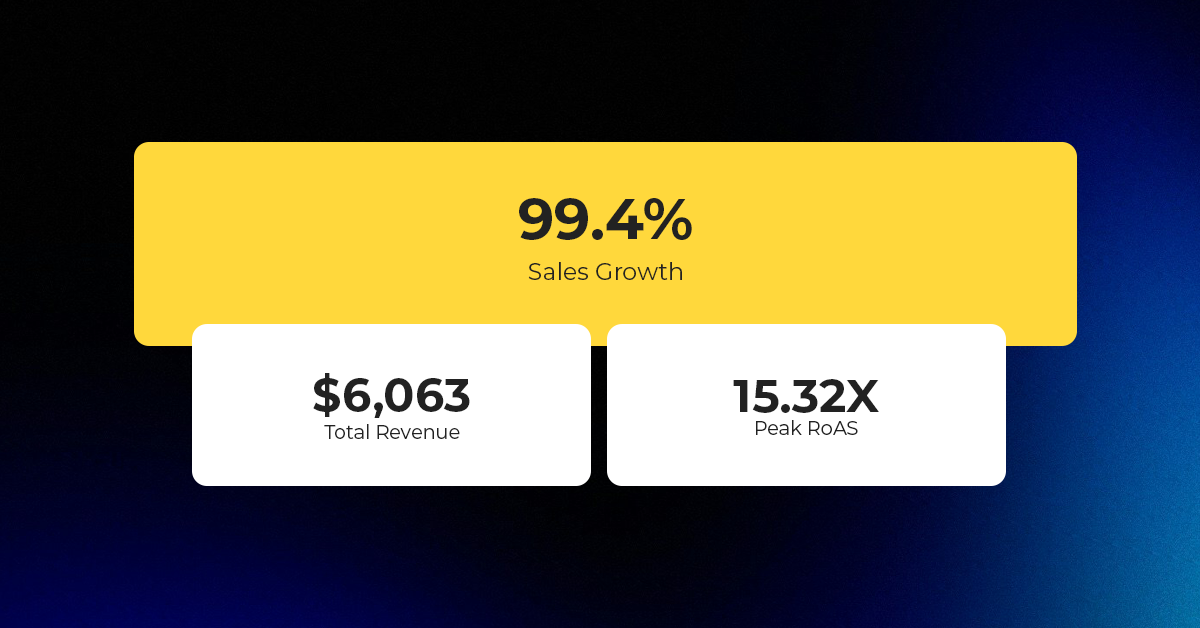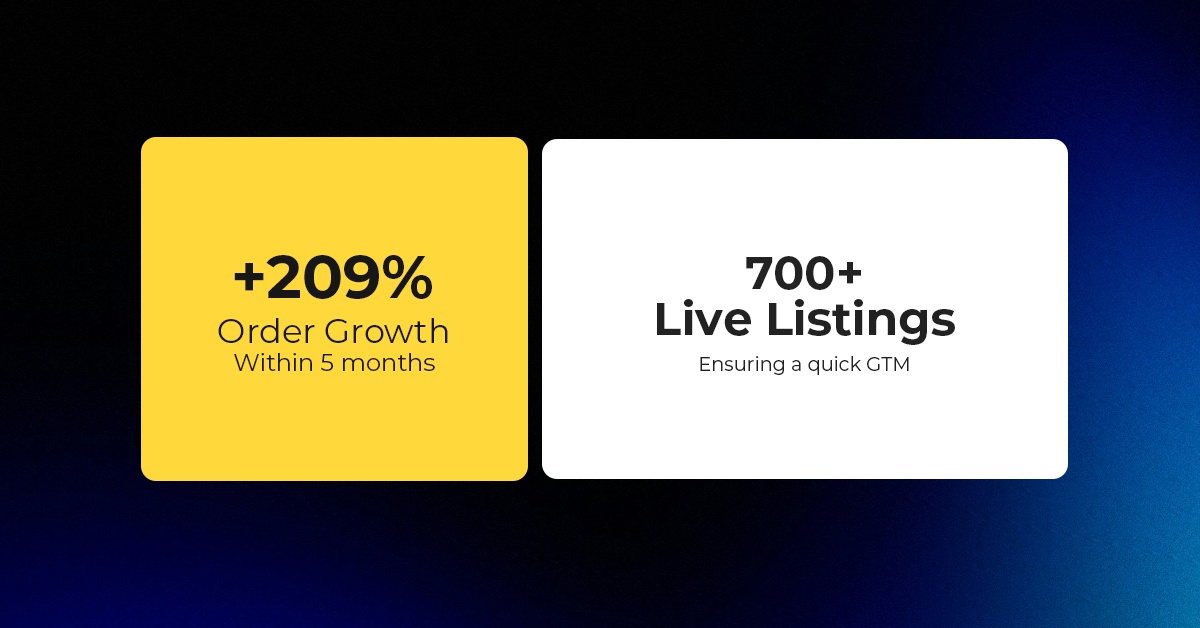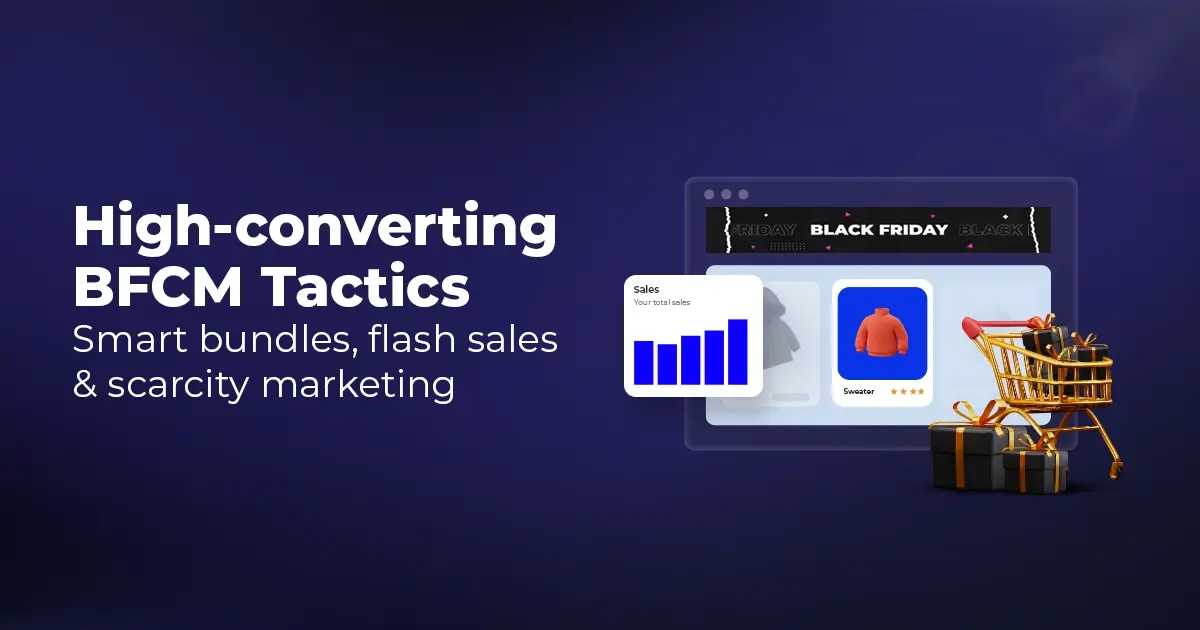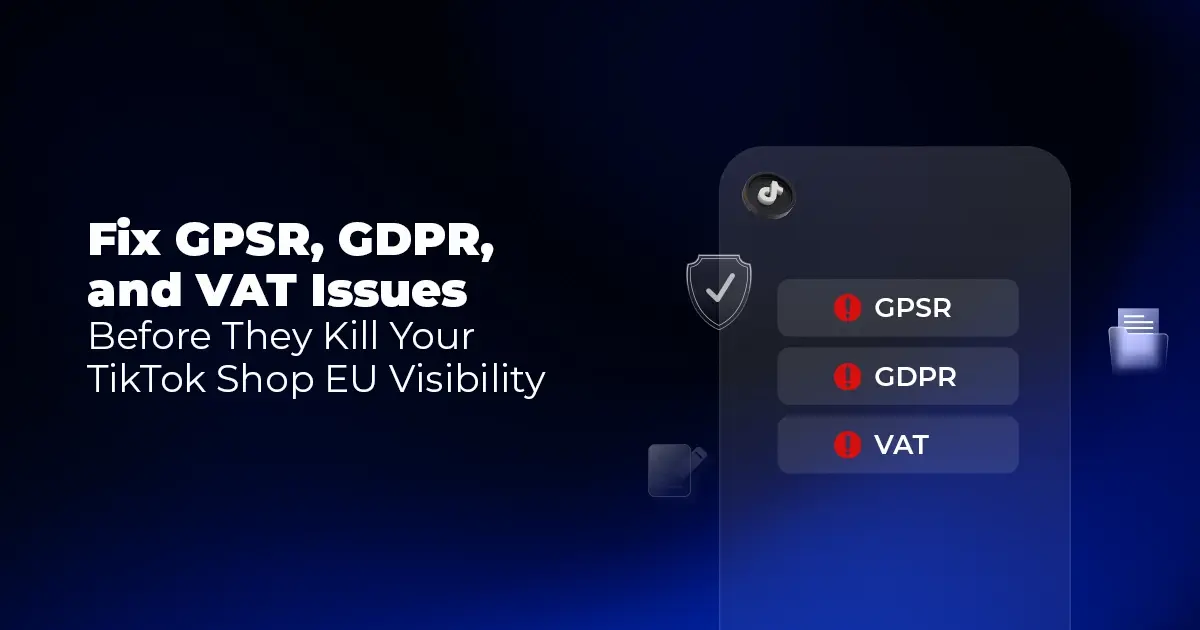TikTok Shop Raises Seller Fees Across Europe as Platform Pushes for ‘Content-Driven Commerce’ Expansion
Reading Time: 3 minutesTikTok Shop is raising its sales commission for merchants across five active…
If you have an eCommerce business and aren’t keeping the records of your eCommerce business it is like walking on a street with eyes closed. If you don’t track your progress you cannot survive in this dynamic industry. The most successful eCommerce businesses are metrics obsessed.
Every metric should be tracked on time so that you may know if you are going in the right direction. Every marketing and promotional decision is being driven by data. If you do not record and analyze relevant data you can not make improvements in them.
In the below figure as you can see that how do e-commerce companies approach Analytics:
Source: blog.omniconvert.com
To regularly track e-commerce success, you need 3 fundamental objectives as a main priority:
This blog is organized to cover the most imperative eCommerce measurements at each phase of the business channel of online business and their clients’ lifecycle.
Here is a figure that shows more than 60% of companies regularly monitor the visits on the website.

1. Choose the right eCommerce key performance indicators
If you track and measure the right KPIs this can enhance your business and marketing choices.
Recognizing one main metric (OMM), per Lean Investigation, and picking 3-7 supporting measurements that guide you toward your OMM is an advantageous approach.
This helps you avoid decision paralysis from an excessive amount of facts.
A couple of examples for eCommerce businesses KPIs to consider as your OMM are:
Client Lifetime Value (CLV): The assessed measure of aggregate purchases a client will make with your business over the time they are associated with your brand.
Cost Per Acquisition (CPA): This is the sum you pay for a client securing (lead or deal, this is characterized by you) in view of your advertising endeavors.
Return On Ad Spend (ROAS): This the income produced from your advertising endeavors by your marketing costs.
Value per-Visit: This is total website income divided by total website visits, and is useful in estimating the adequacy of your different advertising channels.
2. Regular Tracking From Analytics
Google Analytics is the go-to instrument for the following site execution. This is valid for eCommerce businesses too. On the off chance that you need more custom-made web-based business KPI information, set up your information following with Google Tag Manager.
Google Tag Manager permits your non-specialized advertising group or office to effortlessly set up data collection without messing with your site code.
This implies your store and code are protected from mistakes and you can collect particular KPIs essential to your business in Google Analytics.
3. Setting up legitimate benchmarks for your Ecommerce KPI list
Benchmarks are fundamental to your business’ development. They give clarity of what is working, what isn’t, and your development rate for your KPIs. You may benchmark your key metrics in six steps.
The most effective method to Set Web-based business Benchmarks:
Stage 1: Decide your long haul objectives.
Stage 2: Decide how your site is performing at the moment.
Stage 3: Recognize which zones you’ll center around for estimation.
Stage 4: Decide the right measurements and KPIs to track achievement.
Stage 5: Set your benchmarking plan.
Stage 6: Work, measure, modify, rehash.
1. Customers Acquisition Cost: So you have implemented your marketing and sales crusades to transform intrigued leads into real clients. How would you ensure you’re not wasting your limited assets?
Decide your client acquisition cost (CAC).
CAC is the cost of influencing a client to purchase your item or administration. Consider it along these lines: It is the thing that you need to spend first keeping in mind the end goal to pick up benefits. To calculate CAC, divide all of the expenses spent on acquiring extra customers (advertising charges, manpower, etcetera) by using the range of customers received within a special time frame.
CAC = Promoting Costs/Clients Procured
Tip: Put more in channels with the most minimal CAC and enhance channels with high CAC. Preferably, utilize high CAC channels for a major campaign or launch.
2. Percentage of new visitors on your website: In Google Analytics there is an option Audience Dashboard, which indicates your measurements that activity, site visits, and interested audience. It additionally demonstrates the count of new visitors or the proportion of new visitors as compared to returning ones.
The share of recent site visitors is critical in figuring out the path to take in case you want them to grow to be returning traffic. This metric helps you understand the preferences and conduct of new visitors compared with your current pool of clients. Do they have an alternate persona? Do they incline towards a particular item?
Ideally, you would need a high stream of new visitors. On the off chance that you see a higher number of new visitors than returning ones, consider revisiting your strategies. What makes a difference is building devotion and luring clients to return to your site for new items and services.
3. Average Order Value: Your average order value is the sum total of all your orders divided by the total no. of orders during that period. If you know the average order value you can easily understand the lifetime value of your customer. This helps you in thinking about the strategies and aligning those strategies for better growth.
According to ConversionXL, there are just three different ways to grow an online business:
Increasing your AOV is the one that expenses essentially nothing, so focus on that.
Urge your clients to purchase more every time they go to your site by making a devotion program, rewarding them with advantages for each buy, or blending and coordinating things at a marked down cost.
4. Conversion Rate: This metric tells you the percentage of visitors who actually took your desired action. You can calculate the conversion rate by using google analytics. The formula for calculating the conversion rate is:
Customer Conversion Rate = (Number of Sales/Checkouts) / Number of Visits
The average conversion rate in Industry is 2 to 3 percent. Don’t focus on the industry rate you just have to focus on improving the current conversion rate. If your conversion rate is declining you must have to focus on improving the customer shopping experience.
You need to also look on the pages which have better conversion rates because sometimes one page may show a better conversion rate because of its design, content or etc.
Conversion also depends on the devices used by your clients because the majority of the people use mobile to browse products but then switch to computers and laptops when it comes to purchasing the product.
5. Shopping Cart Abandonment Rate: According to Business Insider estimates “Approximately $4 trillion worth of merchandise will be abandoned in online shopping carts this year, and about 63% of that is potentially recoverable by savvy online retailers”.
As an Online vendor, You put so many attempts to get visitors to your site, laying out items they could want, and installment issues each day, timely shipping of merchandise.
Isn’t it frustrating for you after all these? Then leave before completing the purchase?
Here are some of the reasons for online shopping cart abandonment-
Source: Worldpay
Here is the formula for calculating the shopping cart abandonment rate:
Shopping Cart Abandonment Rate= 1- (completed purchases/ shopping carts created)x 100
Cart Abandonment Rate helps you in knowing about your checkout process. Did the unexpected costs discourage the clients from purchasing the product?
It’s basic to keep the checkout procedure as simple and straightforward as could be expected under the circumstances. Guarantee your clients’ that their personal data is secure. Include security logos and demonstrate to them their transaction progress by making each phase in the checkout procedure clear. Additionally, make sure to add different payment choices to dispense with a standout amongst the most widely recognized reasons why clients quit an online transaction.
6. Customer Retention Rate or Percentage of Returning Customers: Returning visitors are more important than new ones. Returning visitors is a great metric to track for estimating client dependability, however, it helps you know how those returning visits mean income. That is the reason you should track your level of returning clients.
According to stats by Bain & Company, increasing this metric by five percent gives you an increase of profit from 25 to 95 percent. Hang on to the customers you already have and turn your first-time purchasers to returning visitors.
Here is the formula for calculating Customer Retention Rate:
Customer Retention Rate = ((CE – CN) / CS) x 100
Where: CE = Number of customers at end of period
CN = Number of new customers acquired during period
CS = Number of customers at start of period
Returning visitors or old clients are the ones who will talk you up and leave their reviews. According to Kissmetrics, 55% of customers say that reading reviews online influences their decision to make a purchase.
Source: Kissmetrics
7. Client Lifetime Value (CLV): Customer lifetime value means how much any customer spends on your eCommerce business throughout the customer lifecycle. It’s calculated by subtracting the acquisition cost from the income earned from them.
See where things get convoluted?
You might get great income from a client, however, when the acquisition cost is too high, you’ll require significantly more orders to break even.
It’s difficult to foresee CLV yet once you see extremely high-esteem clients, look at their behavior and endeavor to repeat their involvement with others – their journey finding your items and offers, motivating forces that worked, top pick items that constantly trigger devotion, and so on.
CLV is normally fixing to maintenance. Add ways of managing money to your rundown of practices to watch while breaking down clients.
Businesses with 40% repeat customers generated nearly 50% more revenue than similar businesses with only 10% repeat customers.
Making decisions for your eCommerce business must be based on reliable indicators. Use these metrics but don’t take that for granted. Use these metrics to build a loyal customer base, to create effective marketing campaigns and more importantly to drive more sales. Optimize these metrics from time to time for better results.
How to increase sales on your Ecommerce Platform?
Why Customer Retention Strategy is the secret ingredient

Reading Time: 3 minutesTikTok Shop is raising its sales commission for merchants across five active…

Reading Time: 11 minutesBy now you have seen your BFCM 2025 numbers. The harder question…

Reading Time: 3 minutesAbout the Brand Name: Vanity Slabs Inc Industry: Trading Slabs- Vanity Slabs…

Reading Time: 2 minutesAbout the Brand Name: Ramjet.com Industry: Automotive Parts & Accessories Location: United…

Reading Time: 2 minutesAmazon is rolling out strategic referral fee reductions across five major European…

Reading Time: 4 minutesQuick Summary: Scaling Lifestyle Powersports on eBay with CedCommerce Challenge: Zero marketplace…

Reading Time: 4 minutesTikTok has surpassed 460 million users across Southeast Asia, reinforcing its position…

Reading Time: 3 minuteseBay has released its final seller news update for 2025, with a…

Reading Time: 3 minutesAmazon has clarified its stance regarding speculation around a potential breakup between…

Reading Time: 4 minutesWalmart is accelerating its push into next-generation fulfillment by expanding its drone…

Reading Time: 4 minutesFaire, the fast-growing wholesale marketplace connecting independent retailers with emerging brands, has…

Reading Time: 4 minutesB2B buying in the United States is undergoing a fundamental behavioral shift…

Reading Time: 3 minutesSummary Cyber Monday 2025 has officially become the largest online shopping day…

Reading Time: 2 minutesSummary Amazon kicked off December with two major developments shaping the future…

Reading Time: 2 minutesSummary Walmart has entered December with two major moves that signal a…

Reading Time: 2 minutesBlack Friday 2025 delivered the strongest U.S. eCommerce performance in history, as…

Reading Time: 13 minutesStill approaching BFCM with generic discounts, last-minute price cuts, or scattered promotions?…

Reading Time: 3 minutesTikTok Shop reached a major milestone during its largest U.S. “Global Black…

Reading Time: 3 minutesOpenAI has announced a new AI-powered shopping research tool designed to help…

Reading Time: 9 minutesIf your TikTok Shop listings often sit in review or your visibility…